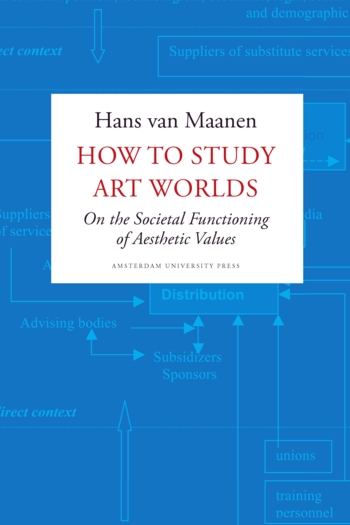Jon May, Nigel Thrift (eds.): Timespace. Geographies of Temporality (2001)
Filed under book | Tags: · actor-network theory, anthropology, buddhism, cultural geography, cultural studies, feminism, media studies, postmodern, psychology, sociology, time

Timespace undermines the old certainties of time and space by arguing that these dimensions do not exist singly, but only as a hybrid process term. The issue of space has perhaps been over-emphasised and it is essential that processes of everyday existence, such as globalisation and environmental issues and also notions such as gender, race and ethnicity, are looked at with a balanced time-space analysis.
The social and cultural consequences of this move are traced through a series of studies which deploy different perspectives – structural, phenomenological and even Buddhist – in order to make things meet up. The contributors provide an overview of the history of time and introduce the concepts of time and space together, across a range of disciplines. The themes discussed are of importance for cultural geography, sociology, anthropology, cultural and media studies, and psychology.
Publisher Routledge, 2001
Volume 13 of Critical geographies
ISBN 0415180848, 9780415180849
323 pages
PDF (updated on 2012-8-14)
Comments (2)Nigel Thrift: Knowing Capitalism (2005)
Filed under book | Tags: · actor-network theory, anthropology, capitalism, complexity theory, computing, cultural economy, economics, economy, genetic algorithms, geography, information technology, rfid, social theory

Capitalism is well known for producing a form of existence where `everything solid melts into air’. But what happens when capitalism develops theories about itself? Are we moving into a condition in which capitalism can be said to possess a brain?
These questions are pursued in this sparkling and thought-provoking book. Thrift looks at what he calls “the cultural circuit of capitalism,” the mechanism for generating new theories of capitalism. The book traces the rise of this circuit back to the 1960s when a series of institutions locked together to interrogate capitalism, to the present day, when these institutions are moving out to the Pacific basin and beyond. What have these theories produced? How have they been implicated in the speculative bubbles that characterized the late twentieth century? What part have they played in developing our understanding of human relations?
Building on an inter-disciplinary approach which embraces the core social sciences, Thrift outlines an exciting new theory for understanding capitalism. His book is of interest to readers in Geography, Social Theory, Antrhopology and Cultural Economics.
Publisher SAGE Publications, 2005
Published in association with Theory, Culture & Society
Theory, culture & society
ISBN 141290059X, 9781412900591
Length 256 pages
Hans van Maanen: How to Study Art Worlds: On the Societal Functioning of Aesthetic Values (2009)
Filed under book | Tags: · actor-network theory, aesthetics, art theory, sociology, sociology of art

“This study brings together the organisational side of the world of the arts and the understanding of the many functions art fulfills in our culture. The author sets out to establish how the organisation of art worlds serves the functioning of the arts in society. The book is divided into three sections, the first of which presents a comparative study of approaches to the art world as practiced by Dickie, Becker, Bourdieu, Heinich, and Luhmann, among others. The second part focuses on the philosophical debates concerning ‘aesthetic experience’. Besides Kant, scholars such as Gadamer, Foster, Shustermann, Schaeffer and Carroll come to the fore. In the third part, the author traces the consequences of these theoretical approaches for the organization of art world practices.”
Publisher Amsterdam University Press, 2009
Creative Commons BY-NC 3.0 License
ISBN 9089641521, 9789089641526
311 pages
PDF, PDF (2 MB, updated on 2016-7-18)
Comment (0)
